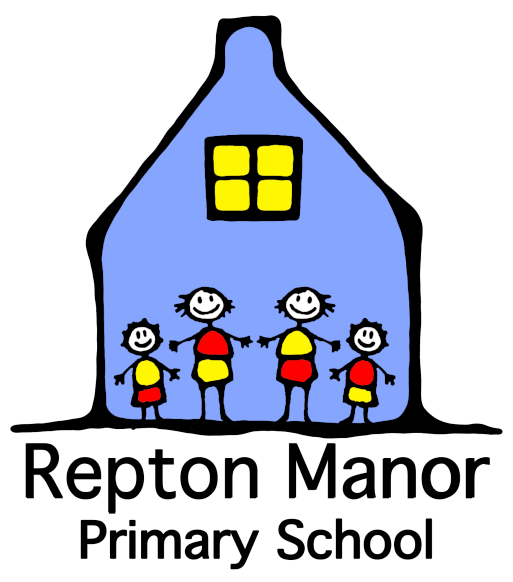Our Children
Handwriting
Handwriting at Repton Manor Primary School
At Repton Manor Primary School we teach handwriting from the moment children join us in Reception.
We start by teaching children the pre-handwriting patterns.
Pre-handwriting patterns help a child to learn the shapes and directional pushes and pulls of the writing tools required to form letters. All letters are a combination of these shapes and lines. These handwriting patterns are initially taught through activities such as drawing pictures and making patterns in sand or in foam, painting and experimenting with different writing tools and materials.
We then teach our children to form single letters and numbers.
Initially, learning to form letters is less formal - we use a range of media and play activities e.g. drawing letters with paints or in sand. We model and explain how to make the letter shapes with the correct start point, directional flow of the tool, or hand, and finish point. We teach letter formation in groups/families relevant to their shapes rather than in alphabetical order. Certain groups use the same, or similar, shape and directional pushes and pulls of the pencil to form the letter. Once the letters can be formed, a child can then focus on the size and position of the letters in relation to each other.
Once our children are ready to start a more formal approach to learning how to form single letters or numbers, we introduce the other key skills required for handwriting:
* Sitting correctly at a desk.
* Pencil grip.
* Paper position.
Once our children have mastered and are able to form lower-case letters of a consistent size, and have them correctly positioned in relation to one another, they are ready to learn how to join their writing.
We teach a handwriting style which allows all the lower-case letters to join as this makes our children's handwriting fluent and reduces the strain on their hand, wrist and fingers. We teach our children the different join strokes needed to join their letters.
Our aim is for a child to develop a good handwriting style, which means;
- They can produce and maintain a good speed.
- They have a fluid hand movement that is comfortable.
- Their letters are of a consistent and appropriate size, positioned correctly.
- Their handwriting is legible, so others can read it easily.
We use the Letter-join website in class to support the teaching of handwriting, which can also be accessed on a desktop or a tablet to practise letter formation, joins and our cursive script. Please ask your child's Class Teacher or Miss Farmer if you don't have the school log in for this.
Our Handwriting Scripts
Capital Letters taught in Year R and Year 1
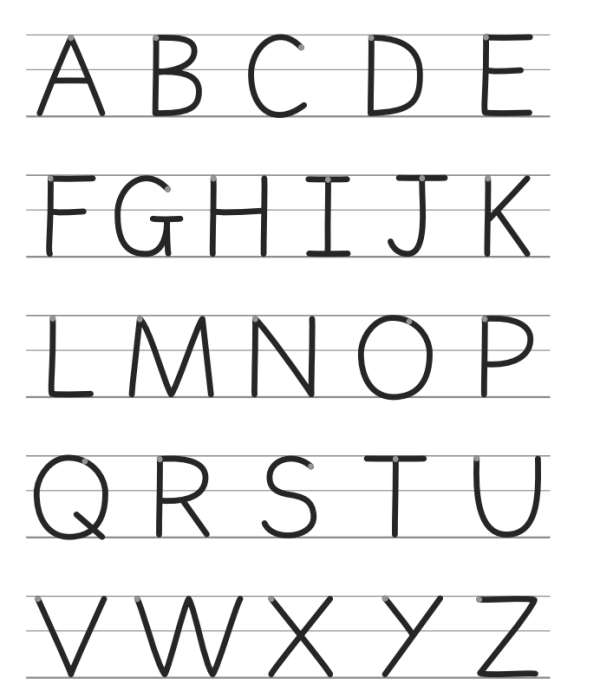
Print taught in Year R and Year 1
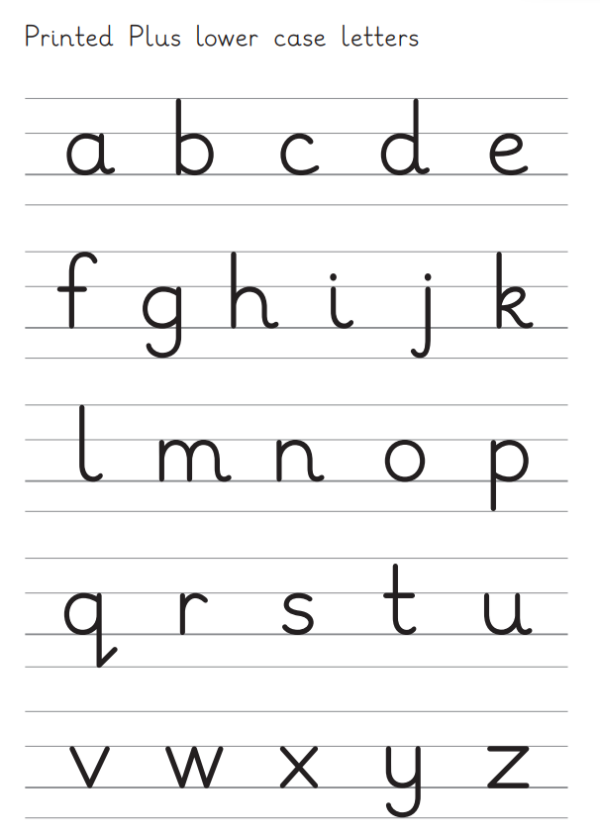
Cursive lower case letters taught in Year 2
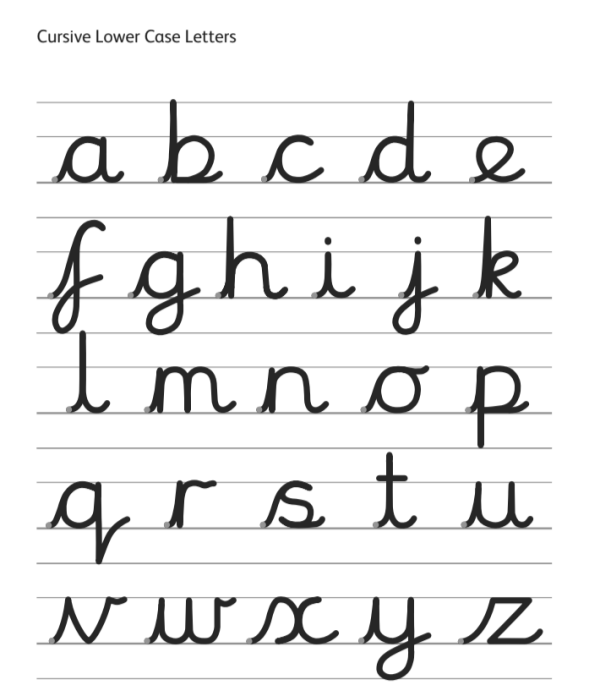
Cursive script taught from Year 2 and across Key Stage Two
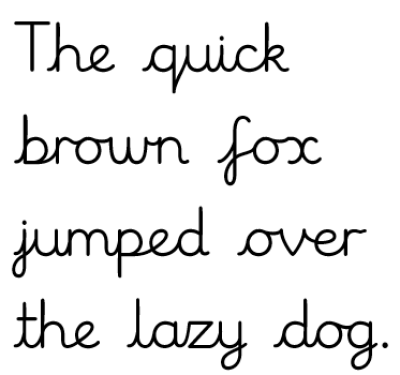
Our Handwriting Framework
Our Handwriting Framework gives details of all of the areas of Handwriting that we would want an Age Expected child to have mastered by the end of their school year.

